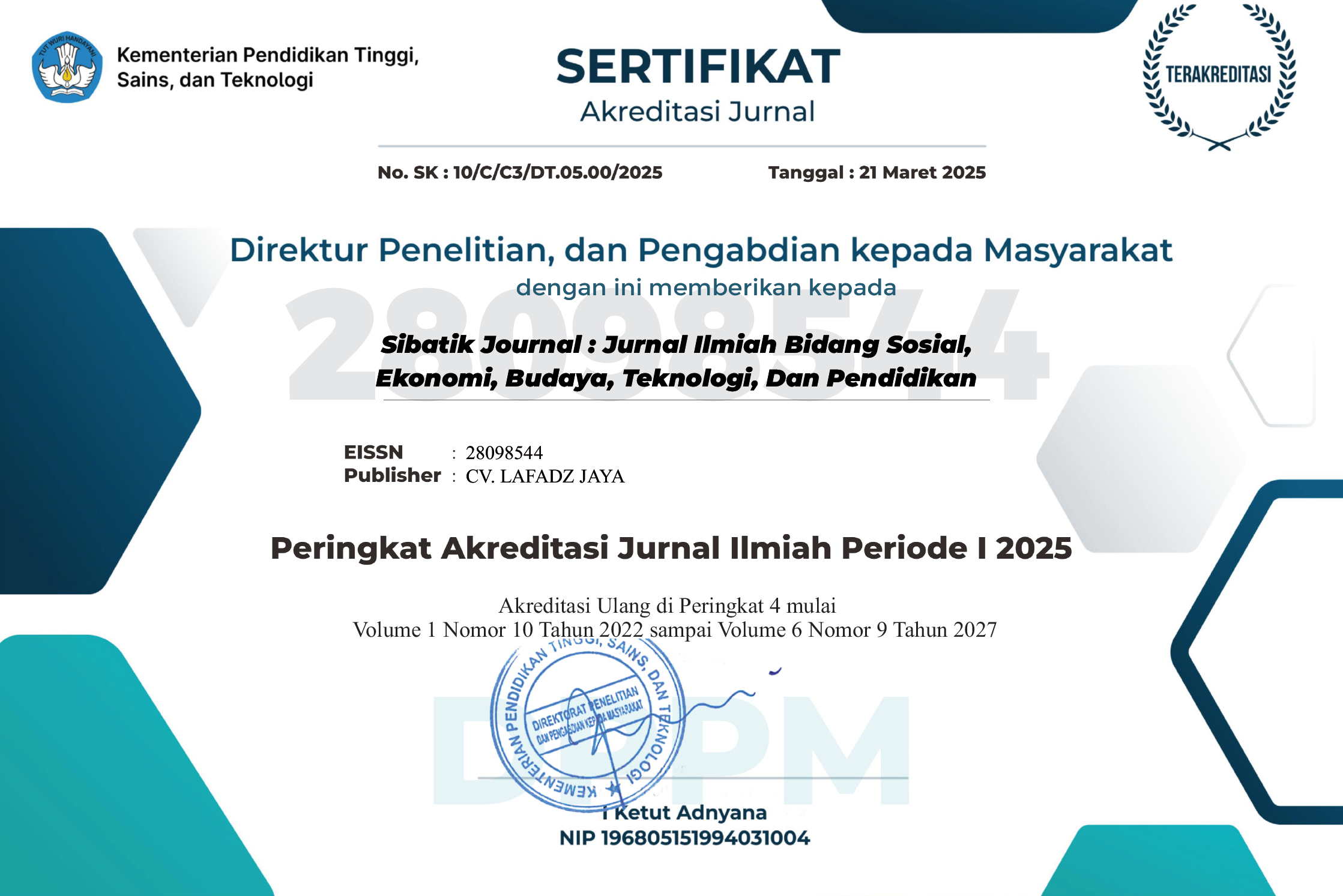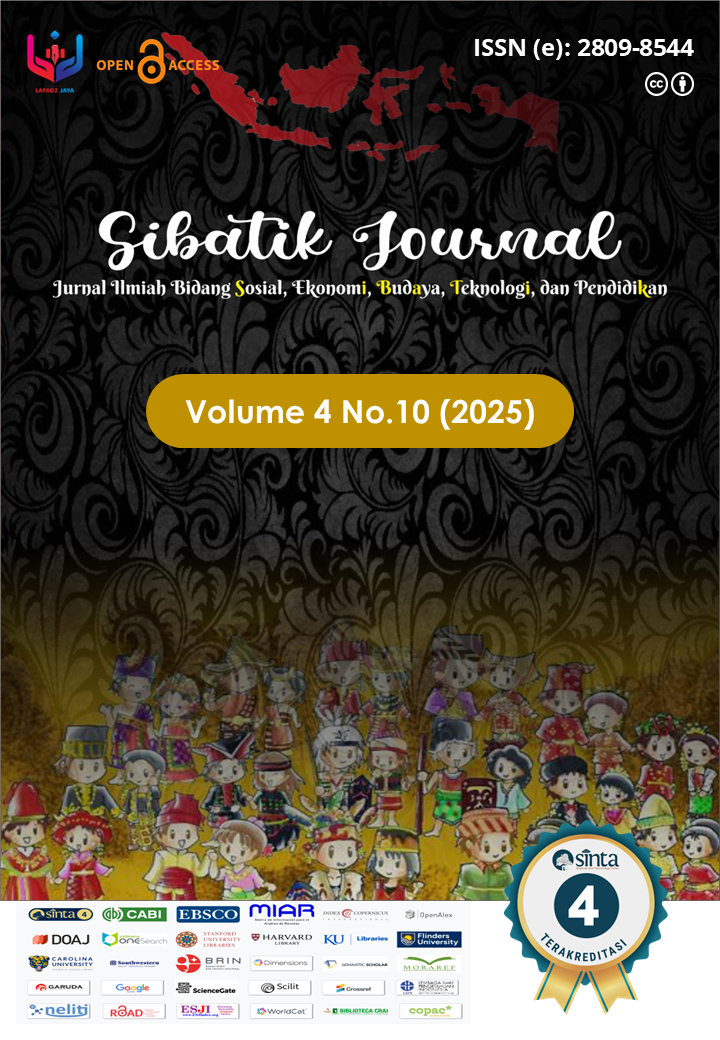PERAN KEPEMIMPINAN STRATEGIS DALAM PENYELENGGARAAN PELATIHAN MILITER GUNA MENINGKATKAN KINERJA ANGKATAN BERSENJATA
Main Article Content
Abdullah Alrumeh
Agus Haryanto
Prasetiyo Agus Hariadi
The evolving dynamics of global security demand continuous adaptation and capability enhancement by the armed forces, making strategic leadership and military training essential. This study analyzes how strategic leadership influences training implementation and improves military performance, identifies existing challenges, and formulates optimization strategies. Using a qualitative approach with insights from key informants, the findings reveal that strategic leadership plays a pivotal role through experience, adaptability, communication, and organizational culture. However, challenges persist, including inadequate leader qualifications, substandard facilities, administrative complexity, and limited managerial human resources. The study concludes that strengthening strategic leadership is vital for enhancing training effectiveness. Optimization efforts should focus on comprehensive data provision, enforcing high-quality standards, selecting competent leaders, and improving leadership roles in training governance planning to significantly boost armed forces performance.
Abdullah, A. A., Islam, R., & Homayan, A. M. A.-. (2013). The effect of leadership style on security guards’ performance: A case study on Riyadh Military Hospital in Saudi Arabia. Advances in Environmental Biology, 2633–2642.
Badiu, M. I., & Țică, L.-A. (2023). The resilience of the military leader – defining traits and its ability to influence the operational environment. BULLETIN OF “CAROL I” NATIONAL DEFENCE UNIVERSITY, 12(2), 134 141. https://doi.org/10.53477/2284-9378-23-25
Creswell, J. W. (2014). Research Design: Qualitative, Quantitative, and Mixed Methods Approaches. SAGE.
Darlia, N., Mustofa, A., & Yunus, E. (2025). Strategi Kompetitif Dan Kolaboratif Dalam Munculnya Industri: Teori Dan Praktik Dalam Manajemen Strategis Kontemporer. Sibatik Journal: Jurnal Ilmiah Bidang Sosial, Ekonomi, Budaya, Teknologi, Dan Pendidikan, 4(8), 2267–2276. https://doi.org/10.54443/sibatik.v4i8.3240
Downs, G. W., & Larkey, P. D. (1986). The Search for Government Efficiency: From Hubris to Helplessness. Random House.
Hanks, R. (2021). What Soldiers Want. U.S. Army Aviation Center of Excellence.
Hughes, R. L., Beatty, K. M., & Dinwoodie, D. (2013). Becoming a Strategic Leader: Your Role in Your Organization’s Enduring Success. John Wiley & Sons.
Ivancevich, J. M., & Konopaske, R. (2013). Human Resource Management. McGraw-Hill.
Miles, M. B., Huberman, A. M., & Saldana, J. (2013). Qualitative Data Analysis: A Methods Sourcebook. SAGE Publications.
Patton, M. Q. (2015). Qualitative research & evaluation methods: Integrating theory and practice (4th ed). SAGE Publications, Inc. https://cir.nii.ac.jp/crid/1971430859763109203
Salas, E., Tannenbaum, S. I., Kraiger, K., & Smith-Jentsch, K. A. (2012). The Science of Training and Development in Organizations: What Matters in Practice. Psychological Science in the Public Interest: A Journal of the American Psychological Society, 13(2), 74–101. https://doi.org/10.1177/1529100612436661

























